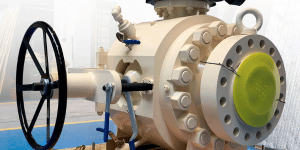
The Scope
Our client was engaged on the field development of a prospect within the Norwegian Continental Shelf. The concepts assessed included a semi-submersible floating production unit and a spread-moored FPSO. For each facility tie-back concept, the potential riser configurations and performance were to be assessed and optimised.
The Solution
The semi-submersible concept was reviewed in phase 1 of the work, considering mid-water arch lazy-S and distributed buoyancy lazy-wave configurations. It was shown that the mid-water arch configuration gave acceptable loads and clashing results and was superior from a field layout perspective for the confined spacing allowed around the existing semi-sub.
The FPSO concept was reviewed in phase 2 of the work, considering compliant wave riser configurations, essentially an enhanced lazy-wave configuration with vertical restraint near the touchdown to reduce transmission of dynamic loads. Particularly key in the analysis was to review the potential for clashing between the hog-bends of the different risers within the distributed buoyancy module sections.
In all cases, the applicable metocean conditions were applied to identify feasibility of the riser configurations with standard product KPIs checked (MBR, tensions, hang-off loads), using the actual motion characteristics and slot spacing in the case of the semi-sub, and an appropriate RAO-set (using similar in-house vessel data) in the case of the FPSO.
Throughout the project we worked closely with the client to tailor the direction of the design process and to include specific considerations related to the subsea structures and flowlines.
The Benefits
Our responsive service, with a dedicated lead engineer on the project, ensured the project was completed to a high-standard with key results delivered within a tight timescale to allow gate review decisions to be made. Furthermore, our advanced expertise allowed in-depth consideration of interfaces, to ensure potential design and installation issues were identified from this early stage.



